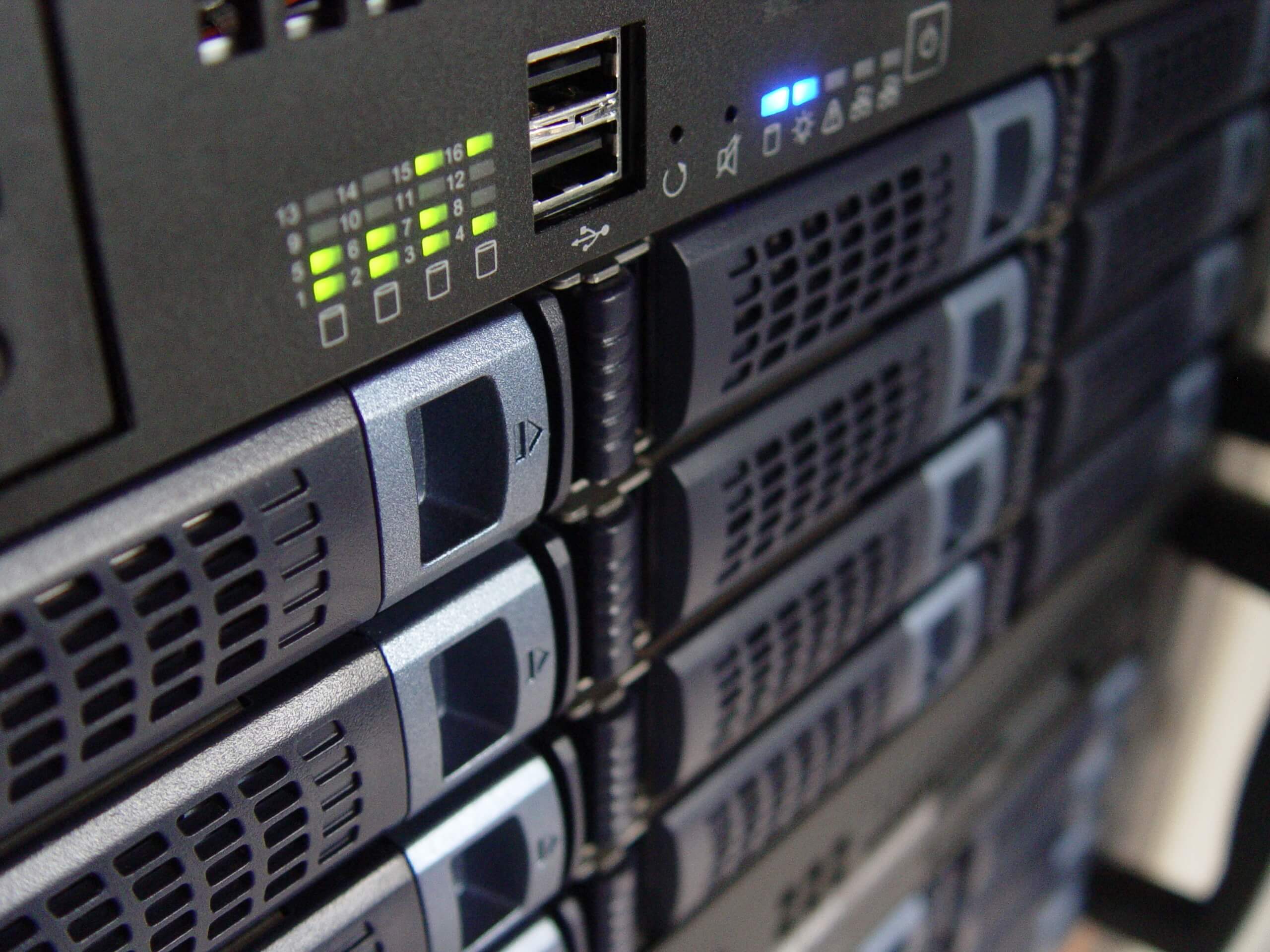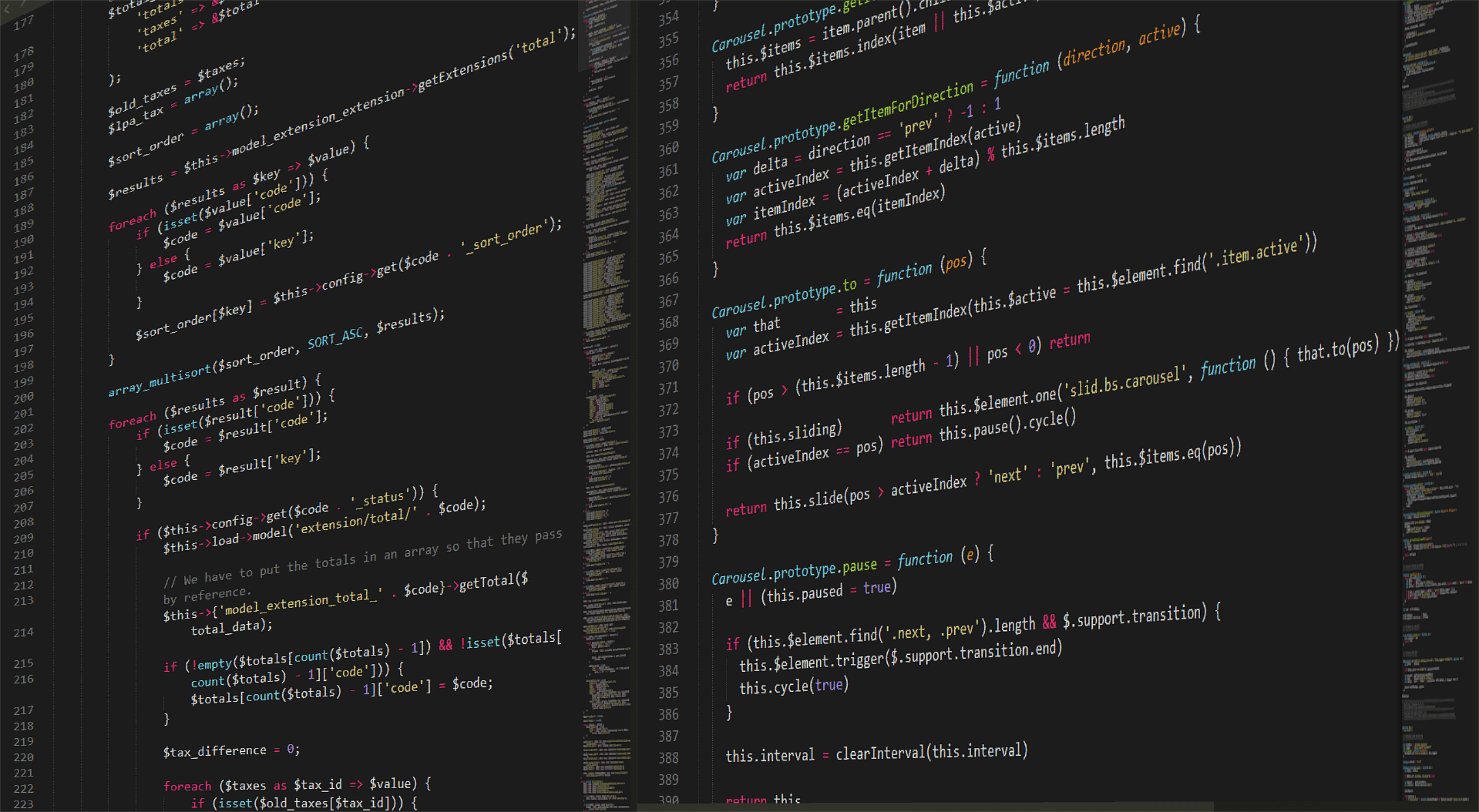
Enterprise technology investments are high on the list of priorities this year | Source: Pexels
Enterprise technologies that are shaping up tomorrow’s businesses
THE world is now digital and companies are making efforts to build the platforms and tools that make discovering their products and services easier and transacting with the business more delightful.
These companies are not only increasing their share of the customer’s wallet but also winning hearts through such innovations.
Netflix, for example, uses powerful machine learning (ML) algorithms to personalize their recommendations – and even the artwork – for each user. That’s an example of artificial intelligence (AI) at its best.
In 2018, enterprise technology will make headlines with companies leveraging them to scale up their business and catapult them into a space where the competition barely has any chance of success.
Here are some technologies and examples of how companies are using them to shape their business to meet and exceed customer expectations:
Creating a world of devices that communicate

The Internet of Things (IoT) through sensors and connected devices, generates a lot of valuable data | Source: Pexels
With the rise of the Internet of Things (IoT), machines are beginning to track users on the field, monitor them in real-time, and relay back information to device manufacturers. Whether it’s a car on the road, a piece of equipment in a factory, or a printer in an office, everything is connected through sensors and a digital mesh of data.
This is one of the most exciting technologies available out there for two reasons.
One, it produces a tonne of data about the end-user that was not available to the manufacturer ever before and can now feed into yesterday’s investments into big data analytics.
Two, IoT provides new opportunities to manufacturers and enables them to extend the portfolio of services they provide to customers. In 2016, for example, HP helped set up your printer so it would automatically order for ink when your device is running low. This year, they’re letting you pair your printer with Alexa so you can tell your device what actions you would like it to take.
Building an army of cyber guards

Stringent data protection laws will make cybersecurity a priority this year | Source: Pexels
Businesses haven’t set a good example in the past year, succumbing to ransomware, phishing scams, and several kinds of hacks.
However, to transition into digital businesses, they need to earn the confidence of customers in terms of being able to provide a secure environment to transact and provide data.
Especially with the introduction of stringent regulations around data privacy and security such as the Global Data Protection Regulation (GDPR), companies need to be more careful this year.
As a result, adoption of a combination of technologies such as Multi-Factor Authentication and Risk-based Authentication will see a sharp rise.
Further, with the growth of the Internet of Things (IoT), there will be a rise in the number of devices that have access to the corporate network – which means, the workload for cybersecurity is set to increase significantly. However, a lot of the preliminary authentication and security checks can also be automated with existing technology such as AI and ML.
Leveraging enterprise intelligence suites

Artificial intelligence will take over a majority of labor intensive tasks, in the digital world and outside | Source: Pexels
Intelligent technologies such as AI and ML will take over more of the current workload to make employees more efficient. Whether it is AI-powered business intelligence or analytics for the supply chain, the role played by AI and ML will be significantly greater this year.
In the world of enterprise-technology, AI is making the biggest impact in digital marketing automation and customer relationship management software. It’s also helping businesses deploy chatbots to make their customer service more effective.
According to various experts in the field, in the coming year, applications of AI and ML are expected to pick up in human resource management, enterprise resource planning, and e-commerce.
Moving to the cloud – lock, stock and barrel

Enterprises moving away from expensive on-premise installations to the cloud stand to win big | Source: Pexels
More and more companies will move to the cloud this year – not only to reduce costs but also to optimize resources and explore new ways of doing business.
So, a shift to Software as a Service, Platform as a Service, and Infrastructure as a Service is expected in the coming months.
Trends also suggest that companies will be leveraging their move to the cloud to make their businesses asset-light and driven by recurring-revenue expenses rather than one-time, heavy capital expenses.
So, if you’re in the enterprise technology space or part of an enterprise that prioritizes technology, you’ll have an exciting year ahead of you. If there are technology trends you see in your workplace, share them with us in the comments below.
READ MORE
- Ethical AI: The renewed importance of safeguarding data and customer privacy in Generative AI applications
- How Japan balances AI-driven opportunities with cybersecurity needs
- Deploying SASE: Benchmarking your approach
- Insurance everywhere all at once: the digital transformation of the APAC insurance industry
- Google parent Alphabet eyes HubSpot: A potential acquisition shaping the future of CRM








